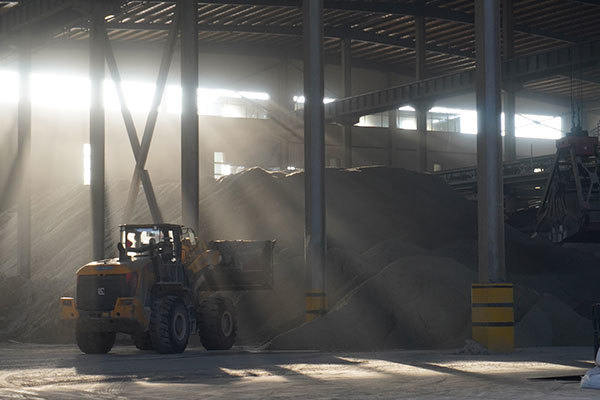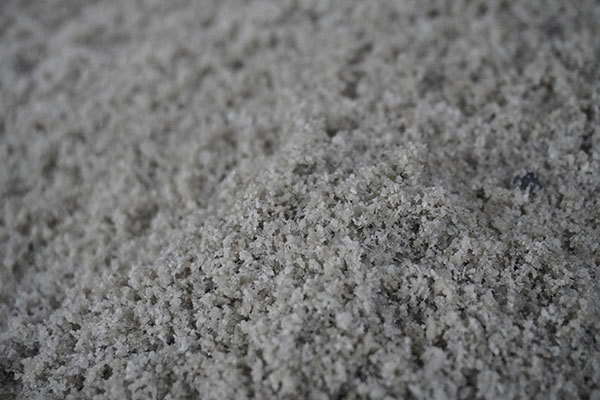Current status of water sludge treatment at home and abroad
Release Time:
Jan 26,2024
With the increasing amount of iron produced from the blast furnace, more and more slag is produced. It can be used as a good building material after proper treatment. For a long time blast furnace slag are done as waste to throw away, which is not only a huge waste, Li and slag pile up, encroachment of good land, impede traffic, and even limit the production of blast furnace.
With the increasing amount of iron produced from the blast furnace, more and more slag is produced. It can be used as a good building material after proper treatment. For a long time blast furnace slag are done as waste to throw away, which is not only a huge waste, Li and slag pile up, encroachment of good land, impede traffic, and even limit the production of blast furnace. At present, China's blast furnace slag utilisation rate is very low, only 60 to 70%. Germany's ThyssenKrupp Steel now slag comprehensive recovery rate level is close to 95%, of which the metallurgical slag recycling rate is particularly prominent. In Germany, the utilisation rate of blast furnace slag has reached 100 per cent, while the utilisation rate of steelmaking slag has exceeded 90 per cent.
According to the tool method, blast furnace slag treatment method mainly has the following four kinds:
1. Slow cooling method, that is, dry slag. Slag hot splash, water spray cooling after crushing into appropriate dense block slag, instead of stone used as building materials.
2. Water quenching method to make water slag. Finished water slag can be used as cement raw materials, road construction or foundation backfill materials, concrete aggregate.
3. Slag with high-speed water and mechanical roller impact and crushing, made of hollow slag beads, used as lightweight concrete aggregate, or construction of heat and sound insulation materials.
4. Slag with high-pressure steam or compressed air blown into slag cotton, is a kind of irregular insulation materials.
The above methods, with the second method of treatment of slag accounted for more than 85 per cent of the total 90 per cent. The first type of slag in the slow cooling when the pollution is heavier, only in the water slag system failure or special needs only when used. The third and fourth due to low value-added products and other reasons, the practical application of very few, this paper does not explore. Water quenching method of properly treated blast furnace slag is a high-quality raw materials for the manufacture of cement, China is in the transition from an agricultural economy to an industrial economy, the national economy continues to grow at a high rate, water slag processing capital construction projects, cement demand is large and increasing year by year.
Water slag as a high-quality cement raw material sales can bring considerable economic benefits. Some steel mills have been water slag drying, grinding as an important non-steel industry development, the effect is very good. Therefore, this paper will be water slag as the focus of research. At present, water slag vertical mill commonly used blast furnace slag treatment method is mainly dry slag and water slag treatment of two kinds.
The production of dry slag (air-cooled slag) is to put the blast furnace slag into the dry slag pit with air cooling, and sprinkle water on the slag level. More than a thin layer of multi-layer slag release method. The thickness of the dissolved slag layer released each time is 40 cm, 5.10 cm or 7-12 cm. Dry slag pit depth and mining with mechanical equipment. Some countries use 3.5 metres deep, there are deeper slag pit. And sprinkling time of national practices vary.
Water flushing slag production, water flushing slag in foreign blast furnaces used in the blast furnace with more "Lassa" method and the bottom filtering method of two kinds, and our country in the big blast furnace using precipitation method. That is, after the separation of blast furnace slag and molten iron, through the slag ditch into the slag granulation area water flushing slag.
Key words:
What Else Might You Learn?






